#womens vintage dress
Text

#1969#1960s#venezuela#fashion#style#people#dress#found photo#old photo#women#found slide#retro#hippie#60s#pink#vernacular photography#caracas#60s fashion#60s style#vintage#vintage fashion#vintage style#1960s fashion#hairstyle
293 notes
·
View notes
Text
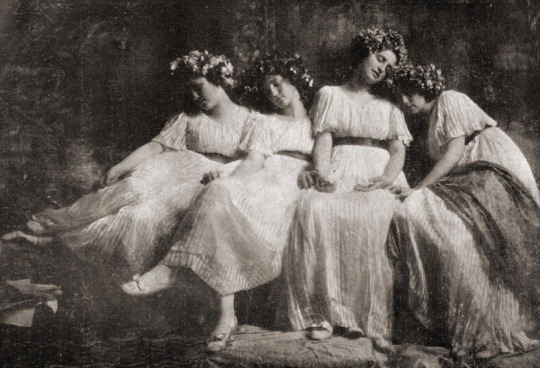
Slumbering maidens photographed by Frank Eugene Smith (Germany, c1900)
#1900s#early 1900s#circa 1900#1900s photography#early 20th century#photography#black and white photography#old photos#vintage#vintage photos#vintage photography#old pictures#1900s dress#20th century photography#old photography#germany#women
197 notes
·
View notes
Text

Unknown woman, 1907, Sweden.
#1907#early 1900s#vintage women#folk dress#folkdräkt#winter#vintage photos#winter outfits#studio photography
396 notes
·
View notes
Text

Princess Maria “Mignon” of Romania (later Queen of Yugoslavia), late 1910s.
#aesthetic#art#fashion#historical fashion#historical art#women in art#women#marie of romania#1910s aesthetic#1910s hairstyles#1910s#1910s fashion#vintage#vintage photography#vintage style#artsy photos#but I’d say this photo is less a reflection of 1910s fashion and more a whimsical dress-up situation#1910#Romania#royalty#royalty aesthetic#royal aesthetic#romanian royals#edwardian aesthetic#edwardian women#edwardian fashion#Edwardian style#Edwardian dress
149 notes
·
View notes
Text
Top 12 Most Beautiful Indian Women Of 2024
It's an obvious fact that Indian ladies are honored with hereditary excellence. They're normally agile, totally shocking, and have been respected (also wanted) by the remainder of the world for quite a long time.
➔FIND IT HERE

#beautiful women#white dress#beauty#ladies#gorgeous women#fashion#schiaparelli#runway#couture#menswear#style#vintage fashion#black fashion#celbrity#hollywood#holleyteatime
65 notes
·
View notes
Text
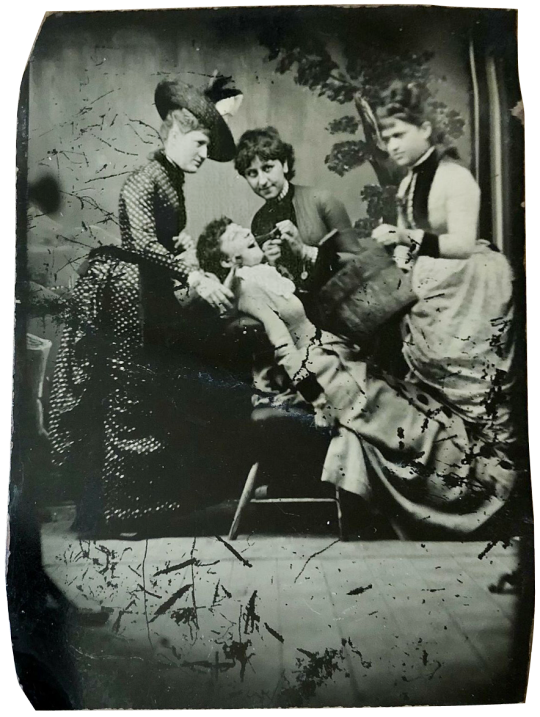
Tintype of a group of ladies enjoying a pleasant afternoon of dentistry with friends, c. 1880s
#girls just wanna have fun pulling teeth#note heavily retouched/composited with an alt less-scratched but much lower-resolution duplicate from same seller's other listing#I feel it's only fair to link to active auctions if I'm using images from them but please refer SOLELY to seller's pic if buying!#19th century#1800s#1880s#1880s fashion#1880s dress#19th century fashion#fashion history#historical fashion#women's fashion#19th century photography#tintype#ferrotype#19th century women#vintage women
210 notes
·
View notes
Text

Girls' Night Out, c. 1910s-1920s.
#old photos#1910s#1920s#women#*#1920s style#found photo#b&w#cross dressing#early 20th century#old photography#vintage#vintage style#20s#vintage fashion#vintage photos#black and white#old photo#vintage photography#antique#roaring 20s#1920s fashion#20s fashion#1910s photographs
115 notes
·
View notes
Text

Familia Oliver. Carnaval en chacra Santa Ana. Pepe Salas con traje de baño de Josefina, copia iluminada por Josefina Oliver, San Vicente, Buenos Aires, Argentina, February 1910 (Detail below)


Hermanos García Oliver, copia iluminada por Josefina Oliver, San Vicente, Buenos Aires, Argentina, 1909 | src YO Josefina Oliver
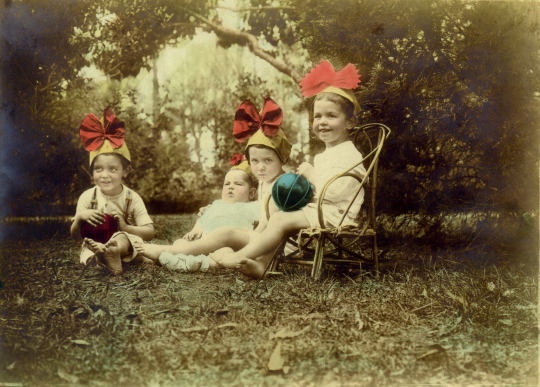
Josefina Oliver (1875-1956) began as a vocational photographer among her friends in 1897. Two years later, she takes the first one of her one hundred self-portraits and photographs her friends and relatives, houses’ interiors and landscapes in the family farm in San Vicente. Josefina, a common porteña, was almost invisible. Author of a luminous ouvre, hidden until 2006, as a consequence of a society that disregarded women’s inner self.
Josefina Oliver reflects this reality in her artistic work so far composed by 20 volumes of a personal diary, more than 2700 photographs, collages and postcards. Plenty of her shots are conceived with scenographies; she always develops them and paints the best copies with bright colors. She makes up twelve albums, four of them are wonderful and only have illuminated photographs. At the same time, a transversal humor appears behind her multiform ouvre.
#Josefina Oliver#women artists#carnaval#carnival#cross dressing#travestism#travestite#1900s#hand colored#illuminated photo#colored photograph#hand coloured#argentinian artist#cross-dressing#vintage photos#family photos
38 notes
·
View notes
Photo

Nichelle Nichols in Star Trek, 1960s.
#nichelle nichols#uhura#star trek#star trek uhura#60s television#60s#1960s#Swinging Sixties#60s fashion#60s nostalgia#1960s dress#1960s women#vintage#vintage fashion#vintage style#vintage beauty#vintage glamour#Retro#retro fashion#retrostyle#retro makeup#retro beauty#60s film#retro style#retro tv
745 notes
·
View notes
Text




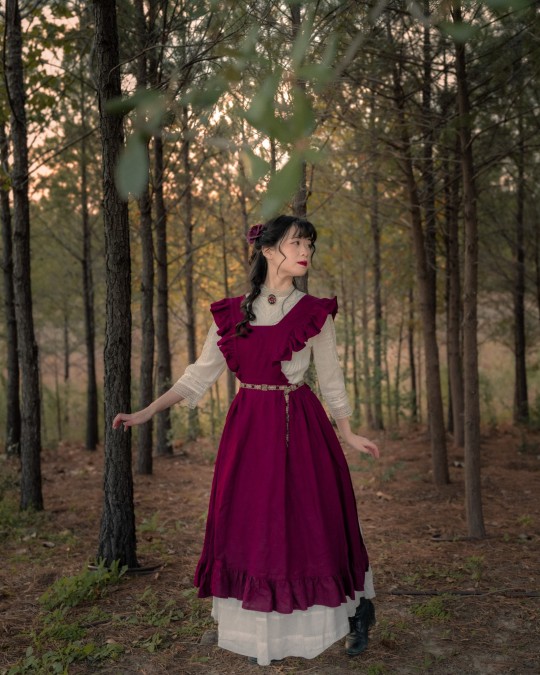
In the beginning of December I was inspired to make a series of outfits inspired by the month in some form. Alas although I do feel like I was making at least two outfits I loved every weekend, my posting schedule has fallen so behind I will probably be posting well into January or even February. Ah well.
This outfit was inspired by the lovely apron by Little Women Atelier and my probably 1970s (probably) dress that confuses everyone into thinking it's Edwardian (it has a zipper that appears to not be hacked in, so probably not). The two together make a lovely combo that makes me think of an Edwardian woman baking on Christmas day. Anyways I'm posting after Christmas now but this remains one of my favorite vintage inspired/cottagecore outfits of the month.
#cottagecore#cottagecore fashion#edwardian#edwardian style#history bounding#vintage inspired#petit piaf#me#little women atelier: meg pinafore#vintage dress: misc
60 notes
·
View notes
Text
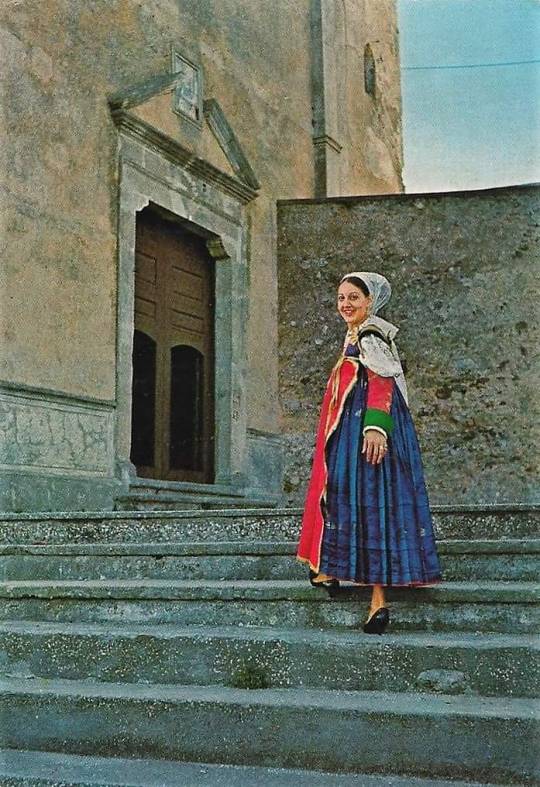



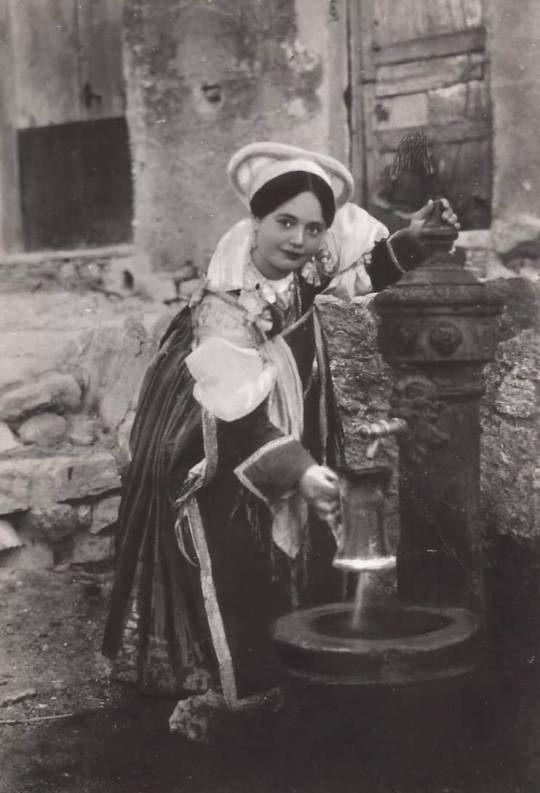
Occitan is still spoken in Southern Italy's Calabria
Blessed with one of the most beautiful languages, Italy is also home to a plethora of linguistic minorities, twelve to be precise, across fourteen regions, with almost three million speakers. The Occitan linguistic minority of the Alpine valleys of Northern Italy's Piedmont and Liguria is probably one of the most well known, also because of the importance the language had in the history of European culture and literature: the Langue d’Oc and its poetry inspired the troubadours of Provence, in Southern France. In those days, Occitan was spoken in the South of France, from the Atlantic to the Alps, but today only small pockets of Occitan-speaking people exists, mostly across the Alpine valleys of France, Liguria, Piedmont and in thr town Guardia Piemontese, in Southern Italy's Calabria.
How did Occitan speaking people end up from the mountains of Northern Italy to the southernmost region of the Italian peninsula?
It’s a long story, one that brings us back to the 13th century, to a religious minority called Waldensians and to the fact Calabria is known for being a welcoming land for all those seeking refuge, from Greeks to Albanians and Jews.
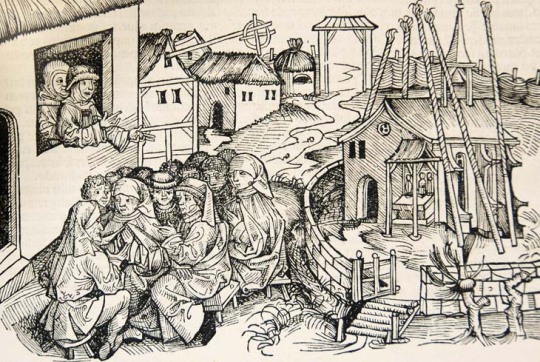
The Waldensian movement had developed in the Cottian Alps between France and Northern Italy towards the end of the 12th century, most likely thanks to the contributions of Peter Waldo (from whom the movement took its name). Waldensians lived a life of asceticism and poverty, but some of their more extreme views — lack of faith in transubstantiation and having associated the Catholic church with the “harlot of the Apocalypse” — turned them into religious pariah and victims of persecution across Europe.
A considerable group of Waldensians moved to Calabria in the 13th century to escape persecution in Northern Italy and the land of Calabria proved to be a blessing, because its fertile soil allowed the development of a prosperous community.
Guardia Piemontese is a town on the Western coast of Northern Calabria.

The date of Guardia's foundation is unknown, and the name of the place has changed several times in history. "Guardia" means watch or lookout, and this name is probably related to a lookout tower built in the 11th century. Such lookout towers were built to warn against Arab pirates, then called Saracens, ravaging the coast.

For the first century, the community of Guardia cohabited peacefully with their Catholic neighbors, but things tragically changed when the Waldensians decided to join the Protestant Reform: then, they became the enemy and victims of a religious persecution that was to obliterate them in the early summer of 1561. Those tragic events are still remembered today in Guardia Piemontese, thanks to a monument called La Porta del Sangue, (the Gate of blood), a memento to the violence that killed so many and forced many others to conversion.
Despite the suppression of their religion, the people of Guardia, or La Gàrdia, as they call it, have continued to use their distinct Occitan dialect, Gardiòl. Not surprisingly, it has been influenced by the speech of their neighbours in Calabria. For example, Gardiòl has adopted the use of retroflex consonants, common in Sicily and southern Italy.
The traditions that the Waldensians brought from Piedmont to Calabria, such as the Occitan language and certain customs, have survived over the centuries right through to the present day.
In 1863 the name Guardia was changed to Guardia Piemontese, to honor the geographical origins of the Waldensians.
On 5 June 2011, 450 years after the massacre in Guardia, the Waldensian Church opened a museum and cultural centre in the town. The museums tells the story of how the Waldensians arrived all the way in Calabria and preserves agricultural tools, the traditional clothing of Guardia Piemontese, made with a particular yarn of broom and the famous hurdy gurdy, an French instrument of medieval origins. In the Occitan valleys in Italy, the hurdy-gurdy was the traveling companion of buskers.

The Waldensian Church and the municipal authorities now collaborate closely in cultural affairs. Numerous ecumenical events have been planned together with the local Catholic community to mark the 500th anniversary of the Reformation.
Follow us on Instagram, @calabria_mediterranea

#guardia piemontese#calabria#italy#italia#south italy#southern italy#mediterranean#folklore#folk dress#traditional clothing#architecture#vintage#vintage photography#vingate photos#italian#italian women#folk costume#occitan#langblr#langue d'oc#d'oc language#heretic#heresy#hurdy gurdy#traditions#history#medieval
36 notes
·
View notes
Text

Bride, 1880s, Sweden.
283 notes
·
View notes
Text
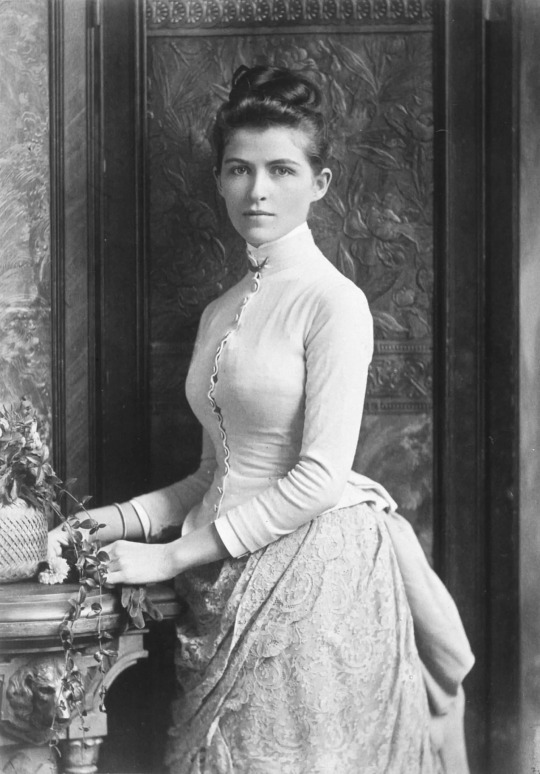
Mme. G.F. Murray (Montreal, QC). William Notman & Son. 1886.
#aesthetic#art#art history#fashion#historical fashion#historical art#women in art#women#victorian#victorian aesthetic#photography#vintage photography#Victorian photography#Canada#Canadian history#Quebec#Montreal#Victorian fashion#1880s#1880s fashion#1880s hair#gilded age#the gilded age#black and white photography#1880s gowns#1880s dress
90 notes
·
View notes
Photo

Kolkhoz hospital doctor Isakenon Sultanov and nurse Rano Aripova are sent on a call to a patient. Photo by Sergey Korshunov (Uzbekistan, 1960s).
#Uzbekistan#working women#traditional dress#vintage cars#soviet#ussr#history#photography#black and white
129 notes
·
View notes
Text


“𝔦’𝔩𝔩 𝔫𝔢𝔳𝔢𝔯 𝔟𝔢 𝔯𝔢𝔞𝔡𝔶, 𝔟𝔲𝔱 𝔦 𝔡𝔬𝔫'𝔱 𝔠𝔞𝔯𝔢” - @mothercain
pc collaboration with @ _littlestwolf (ig)
#ethel cain#film photography#nature#vintage clothing#vintage#gunne sax#abandoned church#black and white film#film photograhers#35mm film#medium format#woman photographer#vintage dress#women#southern gothic#southern goth aesthetic
108 notes
·
View notes
Photo
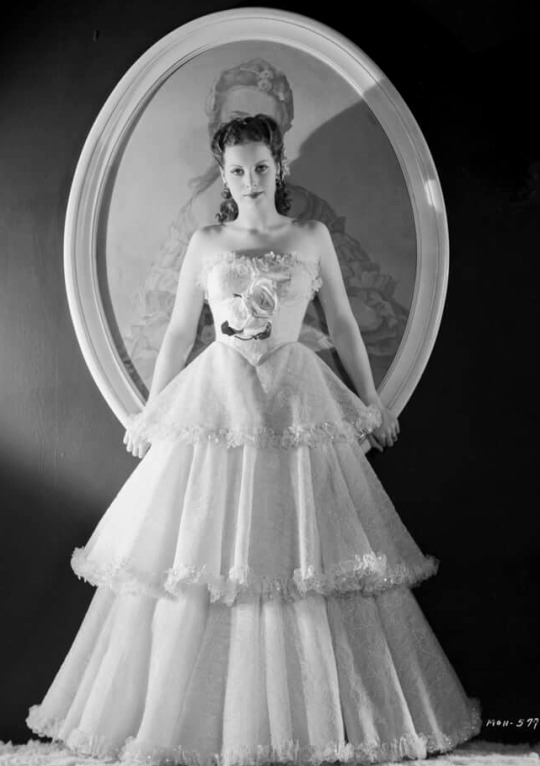
The beautiful Maureen O’Hara.
152 notes
·
View notes